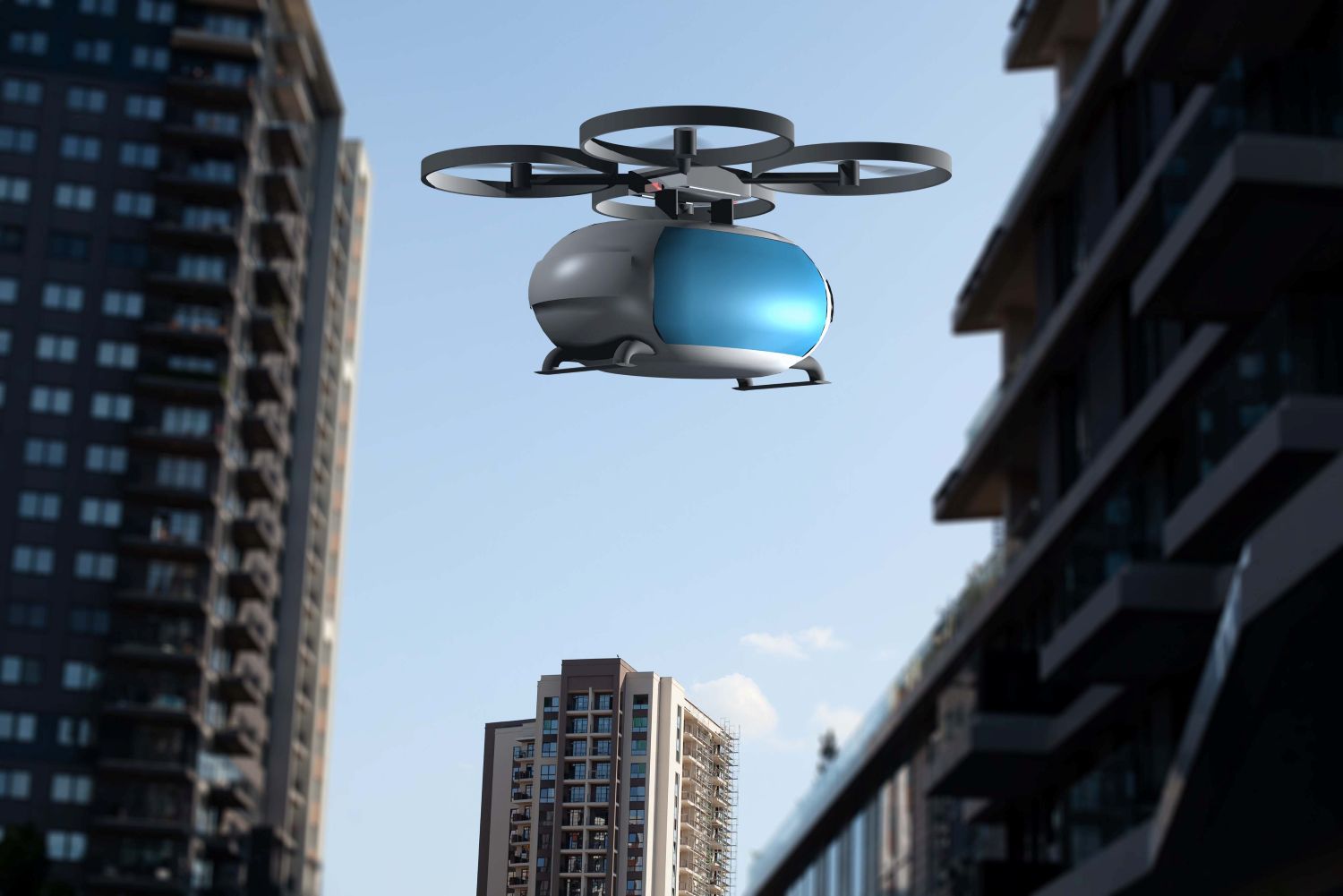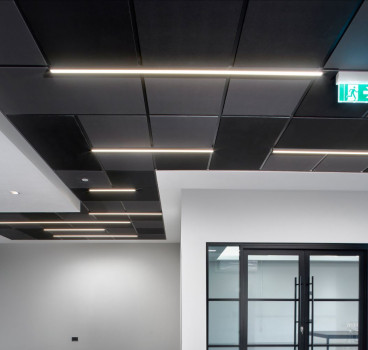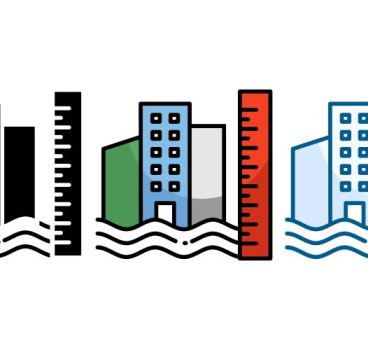Who owns the sky - the battle over vertical real estate
As cities around the world continue to grow upward, a complex and often contentious question arises - who owns the sky? This is not a philosophical question - it's a very real legal and ethical battleground with profound implications for urban development, property rights and the quality of life in our increasingly vertical cities, writes John Ridgeway.
The concept of "air rights" – the right to use the space above a piece of land – is becoming increasingly crucial, sparking debates about everything from the construction of supertall skyscrapers to the proliferation of drones and even the shadows cast by towering buildings.
Historically, the concept of property ownership extended both downwards to the Earth's core and upwards to the heavens. This "ad coelum et ad inferos" doctrine, meaning "from the heavens down to the depths," prevailed for centuries.
However, as technology advanced and buildings grew taller, this simple notion became impractical. Aviation, in particular, forced a re-evaluation of air rights. It became clear that unrestricted upward ownership would hinder air travel.
In the 20th century, legal frameworks began to evolve, establishing a distinction between the airspace necessary for air navigation and the airspace that could be owned or developed. Different jurisdictions adopted varying approaches, but the general principle emerged that landowners own the airspace above their property up to a certain height, while the airspace above that is considered public domain.
Today, air rights have become a valuable commodity, especially in dense urban centres where land is scarce and demand for development is high. Developers often purchase air rights from neighbouring property owners to build taller structures, maximising their investment and contributing to the ever-rising skyline.
This has led to the emergence of a complex market for vertical real estate, with air rights being bought, sold and transferred like any other form of property. In cities like New York, Chicago and Hong Kong, air rights transactions can involve vast sums of money and play a significant role in shaping the urban landscape.
The shadow of supertalls
The construction of supertall skyscrapers, often exceeding 300 metres (984 feet) in height, has brought the issue of air rights into sharp focus. While these towers can be architectural marvels and symbols of economic power, they also cast long shadows, literally and figuratively, over their surroundings.
The shadows cast by supertalls can block sunlight from reaching neighbouring buildings, parks and public spaces, affecting natural light, energy consumption and the overall quality of life. Shadowing can also negatively impact property values in adjacent areas, leading to disputes between developers and neighbouring landowners. As a result, cities are grappling with how to balance the desire for vertical growth with the need to protect access to sunlight and maintain a liveable urban environment.
All this means that the development of air rights and the construction of supertalls raises a number of complex legal and ethical dilemmas. How do we balance the rights of property owners to develop their land with the public's interest in access to sunlight, open space and a healthy environment?
We must ask when a developer purchases air rights, how is the price determined and is it fair to all parties involved? Are the negative impacts of shadowing, such as reduced sunlight and increased energy consumption, disproportionately borne by low-income communities or marginalised groups? And what responsibility do we have to future generations to ensure that our current development practices do not compromise their access to a liveable urban environment?
The rapid proliferation of drones is adding another layer of complexity to the debate over air rights. Drones operate in the airspace between ground level and the altitudes used by manned aircraft, an area that was once relatively unregulated.
Drones equipped with cameras and sensors raise concerns about privacy, as they can potentially be used to monitor activities on private property. The increasing number of drones in the airspace also raises the risk of collisions with buildings, power lines and other structures. Cities, as a result, are struggling to develop effective regulations to govern drone use and to enforce those regulations. The rise of drone technology is also forcing us to reconsider how we define and regulate the use of airspace at lower altitudes, blurring the lines between public and private domains.
International perspectives
The legal frameworks governing air rights vary significantly from country to country and even from city to city. Some jurisdictions have adopted detailed regulations that specify the height to which landowners own the airspace above their property, while others rely on more general principles of nuisance and trespass.
New York City has a complex system of air rights transfers, which has played a major role in shaping its iconic skyline. Hong Kong, one of the world's most densely populated cities, has developed sophisticated mechanisms for managing air rights to accommodate its vertical growth. Many European cities also have stricter regulations on building heights and shadowing to protect historic landmarks and preserve the character of their urban fabric.

These different approaches highlight the challenges of balancing development with preservation and the need for context-specific solutions and as cities continue to grow upwards, the debate over air rights will only intensify. Finding a sustainable and equitable solution will require a multi-faceted approach.
Cities will need to develop comprehensive urban plans that address the issue of air rights in a holistic manner, considering factors such as sunlight access, density and public space. Zoning regulations can be used to control building heights and setbacks, ensuring that new development does not unduly impact neighbouring properties.
Establishing transparent and well-regulated markets for air rights can help ensure that transactions are fair and efficient with mechanisms for mediation and dispute resolution, needed to address conflicts between developers and neighbouring landowners.
The race to build ever-taller structures reflects humanity's ambition and technological prowess. However, it also raises fundamental questions about our responsibility to create liveable, equitable and sustainable cities.
The issue of air rights lies at the heart of this challenge. As we continue to push the boundaries of vertical construction, we must find ways to balance the desire for progress with the need to protect the rights of individuals, preserve the character of our cities and ensure a future where everyone has access to a healthy and vibrant urban environment. The sky, it turns out, is not the limit, but is instead, the battleground where the future of our cities is being fought.
Additional Blogs

When fire breaks out who really knows the system
The story that caught my attention recently wasn’t about fire growth or building loss, it was about confusion. Specifically, the confusion faced by the fire service when arriving at buildings...
Read moreThe design and development of Nexus Layouts
When Zentia set out to rethink the suspended ceiling, the brief was clear: deliver greater creative freedom for designers, more distinctive visual identity for clients, and a solution that could keep...
Read more

The 100-year construction project or why longevity Is the new sustainability
For decades, the construction sector has defined sustainability through metrics such as operational energy, embodied carbon, material efficiency and circularity. These measures remain vital, but a...
Read more